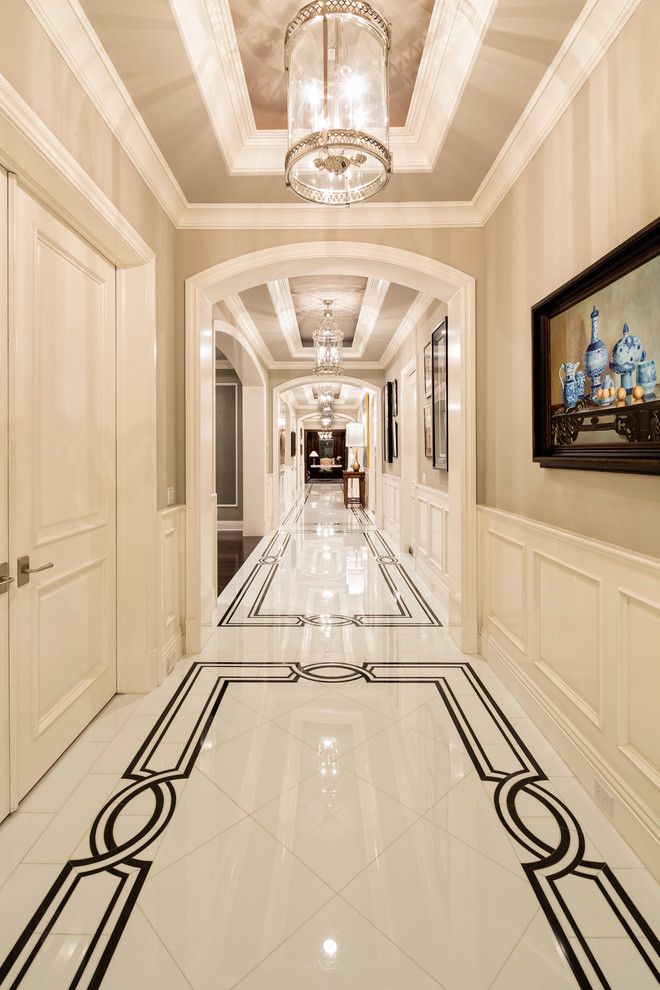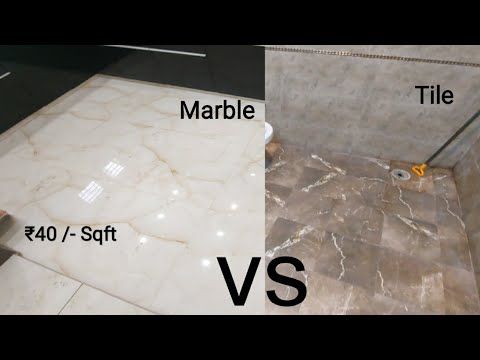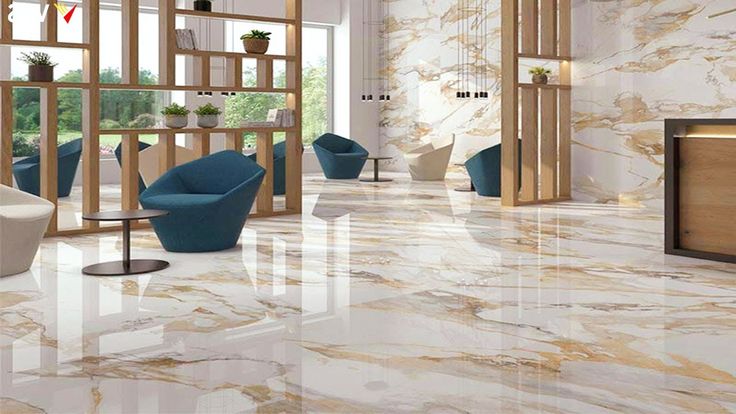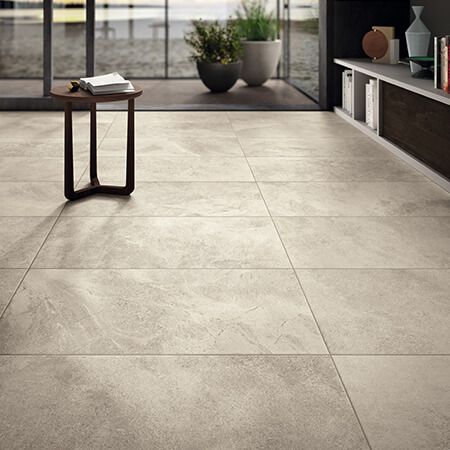Marble vs Tiles
Marble is one of the most timeless and elegant materials in the world of architecture and interior design. For centuries, it has been a symbol of luxury, durability, and classic beauty. Whether you are renovating your home or designing a new office space, marble offers a range of benefits that make it a superior choice over other materials.
In this article, we’ll explore the top advantages of marble and why it remains a preferred material in modern construction and interior styling.

Natural Beauty That Cannot Be Replicated
When it comes to choosing flooring and wall cladding materials for your home or commercial project, the decision often boils down to marble vs. tiles. While tiles have their own benefits, marble stands out as the superior material in several key aspects.
Marble is a natural stone with unique patterns, veining, and color variations. No two marble slabs are ever the same, which means your floor or wall will always have a distinct and premium appearance that cannot be mimicked by tile prints.
Key Differences, Benefits, and Best Uses
The choice between tiles vs. marble depends on factors like budget, durability, appearance, maintenance, and intended use. Here’s a comparison to help you decide:

Material Composition
Tiles: Made from ceramic, porcelain, vitrified clay, or glass. Often man-made.
Marble: A natural stone formed from limestone under heat and pressure. Each slab is unique.
Appearance
Tiles: Available in countless colors, patterns, and even marble-look finishes. Consistency in design.
Marble: Offers luxurious, elegant veining and natural variation. Each piece is distinct and high-end.
Cost
Tiles: Generally more affordable. Prices vary depending on material and brand.
Marble: More expensive due to extraction, transportation, and polishing costs.
Durability
Tiles: Porcelain tiles are extremely durable and water-resistant. Some types may crack under heavy impact.
Marble: Strong and long-lasting but prone to scratching, staining, and etching from acids.
Maintenance
Tiles: Low-maintenance, easy to clean, no sealing required.
Marble: Requires sealing, regular polishing, and careful cleaning to prevent damage.
Water Resistance
Tiles: Especially porcelain and vitrified tiles are highly water-resistant.
Marble: Porous and can absorb moisture without sealing.
Usage Areas
Tiles: Great for kitchens, bathrooms, walls, floors, and outdoors.
Marble: Ideal for living rooms, foyers, staircases, countertops—less preferred in wet areas unless sealed.
Environmental Impact
Tiles: Less energy-intensive to produce; recycled options are available.
Marble: Mining has more environmental impact and energy consumption.
Resale Value
Tiles: Standard resale value, unless luxury designer tiles are used.
Marble: Increases property value and adds a sense of luxury.


Compared to artificial materials like PVC, wood, MDF, cast iron, or fiberglass, natural stone fireplaces are far superior in heat resistance, aesthetic value, and long-term durability. They don’t warp, melt, or discolor under high temperatures. Their elegant stone body exudes grandeur and timeless charm that artificial materials simply cannot replicate.
Advantages of Marble :
Marble offers natural beauty with elegant veining and unique patterns.
Each slab is one-of-a-kind, providing a truly exclusive surface.
It increases property value and adds a premium feel to any space.
The surface remains cool, making it ideal for warm climates.
It is available in a wide variety of finishes like polished, honed, and leathered.
Marble is a natural and eco-friendly material with low chemical impact.
With proper care and sealing, marble can last for decades.
It is perfect for artistic applications such as inlays, carvings, and sculptures.
The reflective surface of polished marble enhances interior lighting.
Marble symbolizes prestige, class, and timeless sophistication.
Advantages of Tiles :
Tiles are cost-effective and available in a wide range of prices.
They are highly durable and resistant to scratches and wear.
Tiles require minimal maintenance and are easy to clean.
A vast variety of colors, patterns, sizes, and textures is available.
They can replicate the look of natural materials like marble or wood.
Tiles are easy and fast to install, saving time and labor costs.
Many tiles are water-resistant, making them ideal for wet areas.
Anti-slip options are available for safety in bathrooms and outdoor spaces.
Tiles are resistant to chemicals, stains, and harsh cleaning products.
They are suitable for both indoor and outdoor use, including walls and floors.
Conclusion: Which One Should You Choose?
Choose Marble if you want natural elegance, luxury, and a classic look that never goes out of style.
Choose Tiles if you’re looking for durability, ease of maintenance, affordability, and design flexibility.
Both materials have their strengths—your choice should depend on budget, usage area, aesthetic preference, and long-term goals.
Frequently Asked Questions
1. Which is better for flooring: marble or tiles?
It depends on your needs. Marble is better for a luxurious, high-end look, while tiles are more practical for durability and low maintenance in high-traffic or wet areas.
2. Is marble more expensive than tiles?
Yes, marble is usually more expensive due to its natural origin, extraction process, and finishing. Tiles are generally budget-friendly and widely available in various price ranges.
3. Why is marble considered more luxurious than tiles?
Marble is a natural stone with unique veining and rich patterns, giving it an unmatched luxurious and high-end feel. Tiles may mimic marble’s look but can’t replicate its authentic beauty and depth.
4. Does marble last longer than tiles?
Yes, when properly maintained, marble can last for decades, even centuries, as seen in historical architecture. Tiles are durable but may chip or lose luster over time, especially in high-use areas.
5. Can tiles look like marble?
Yes, many porcelain and ceramic tiles are designed to mimic marble. While they offer similar visuals, they don’t match the natural depth, feel, and uniqueness of real marble.
6. Is marble suitable for kitchens and bathrooms?
Marble can be used in these spaces, but it’s more vulnerable to staining and etching. Tiles are more recommended for wet or high-usage areas due to their water resistance.
7. Is the natural look of marble better than the printed design of tiles?
Many people prefer marble’s organic and non-repetitive patterns, which offer a sense of uniqueness. Tile patterns are usually printed and repetitive, reducing the natural aesthetic.
8. Can marble help with room temperature control?
Yes. Marble stays naturally cool, making it ideal for hot climates. Tiles can also be cool, but marble’s thermal conductivity gives it an edge in comfort.
9. Which one adds more value to a home: marble or tiles?
Marble often adds more resale value and prestige due to its natural and luxurious appeal. Tiles are valued for practicality but may not provide the same high-end perception.
10. Can I use both marble and tiles in the same home?
Absolutely. Many modern homes combine both—using marble in living rooms or staircases, and tiles in kitchens, bathrooms, and outdoor areas for functionality.
Contact us ....
- Call / WhatsApp: +92-300-400-2741
- Landline: +92-423-7170484
- Email: [email protected]
- Live Chat: Click the WhatsApp icon at the bottom-right of our website marblepk.com for live assistance and product inquiries.
House of Stone-tists..
All rights reserved